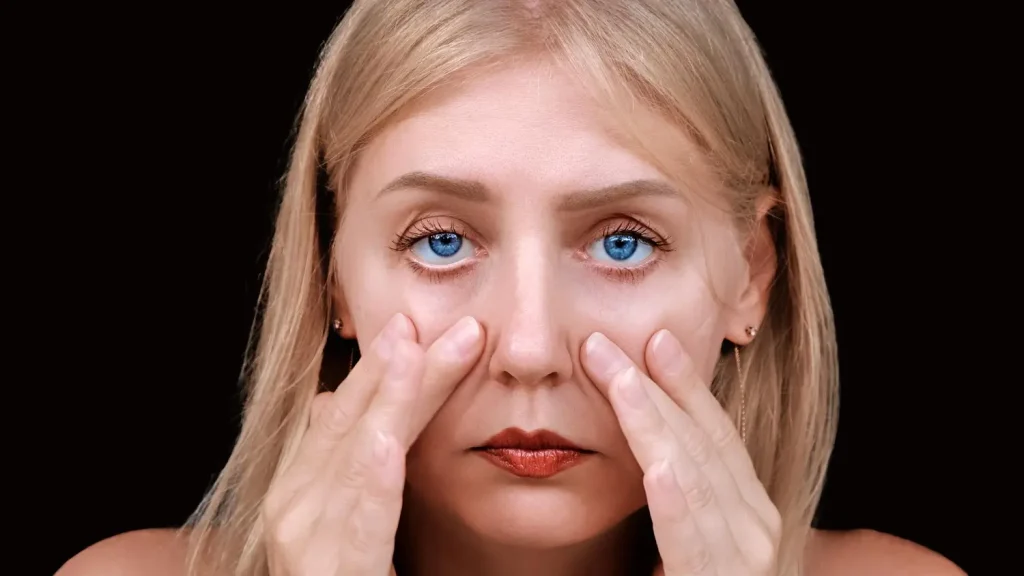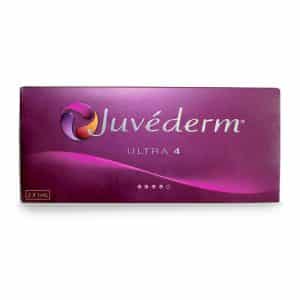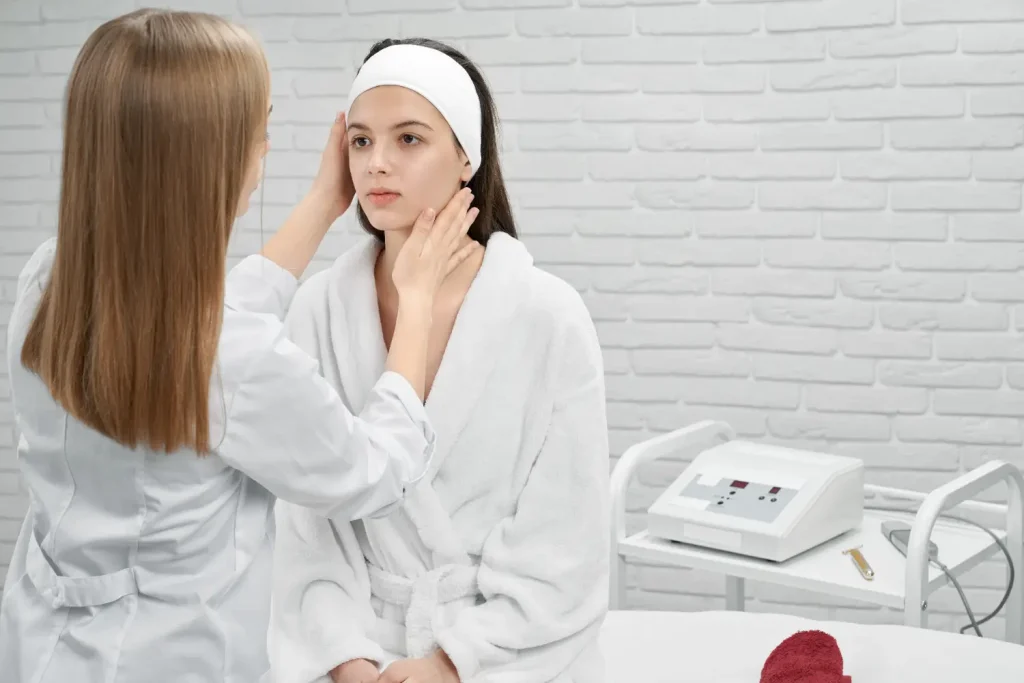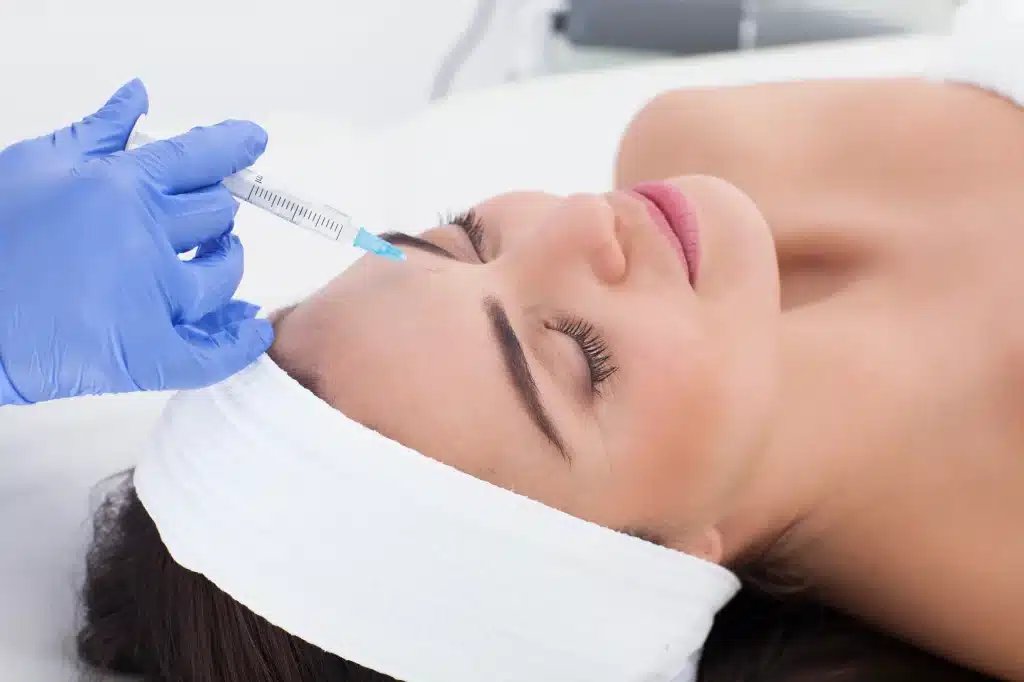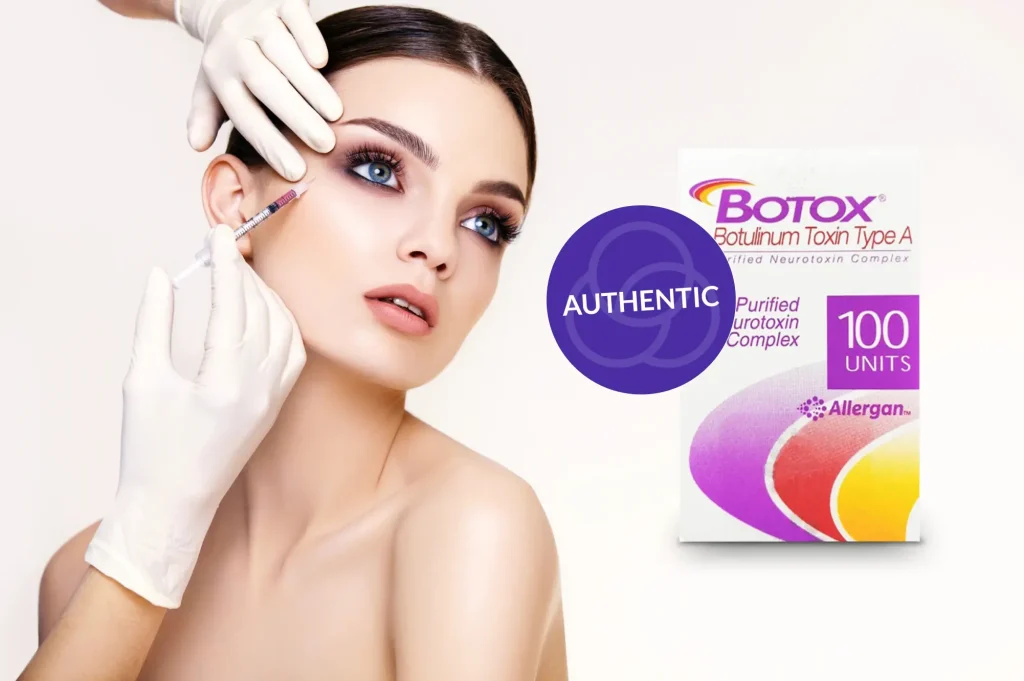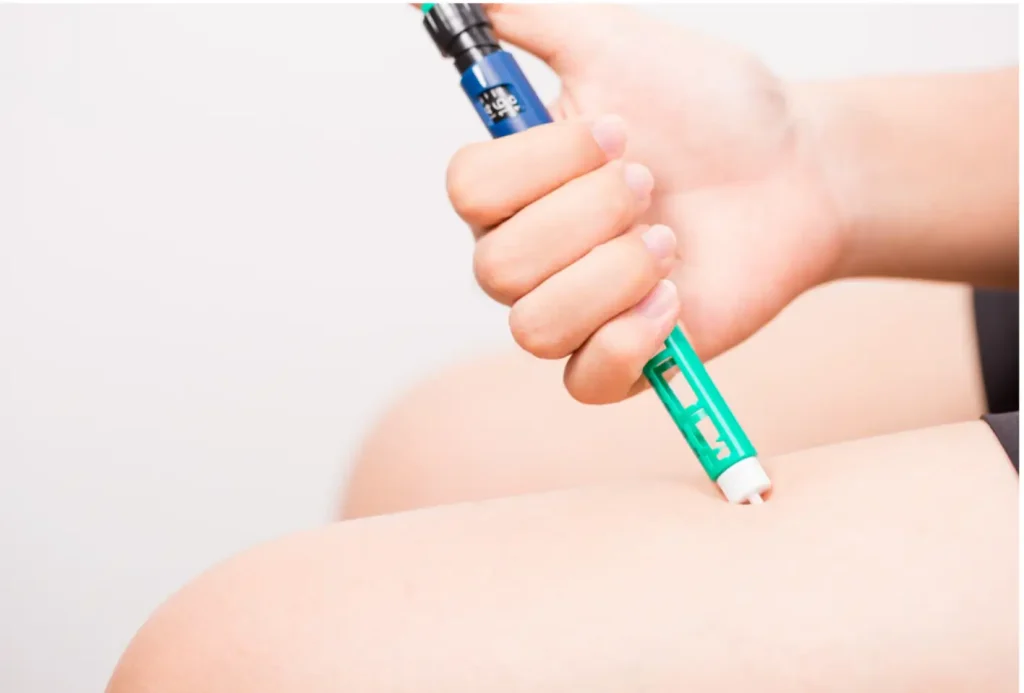Dark circles under the eyes are commonly linked to fatigue, but their underlying causes can be more complex. As we age, skin thins, volume diminishes, and collagen production decreases, making blood vessels more visible and creating shadows that darken the under-eye area. These changes not only impact appearance but can also affect self-confidence.
One of the most effective non-surgical solutions is the use of dermal fillers, which work by restoring lost volume and rejuvenating the under-eye region. By targeting tear troughs and periorbital hollows, dermal fillers address the structural causes of dark circles, offering a smoother and more youthful appearance. While these fillers show great promise, understanding their benefits, risks, and the procedure itself is essential for making informed decisions.
In this article, we will explore the role of dermal fillers in treating under-eye concerns, their advantages, potential side effects, and what you can expect from the treatment to achieve refreshed, natural-looking results.
Key Takeaways
- Tear trough deformity and under-eye hollowing are results of volume loss, which creates shadows and a tired appearance. Contributing factors include aging, genetics, lifestyle choices, and skin thinning.
- Hyaluronic acid (HA) fillers are popular for treating tear troughs, offering natural-looking results. Other fillers like PLLA (Sculptra) and CaHA (Radiesse) can also target surrounding areas to improve skin support and elasticity.
- To prevent complications like the Tyndall effect and filler migration, practitioners follow techniques such as deep plane injections, cannula use, minimal product application, and a layering approach for precise, natural results.
- Combining dermal fillers with PRP, microneedling, or laser therapy enhances overall skin rejuvenation. PRP accelerates healing, microneedling boosts collagen production, and laser therapy refines skin texture, all complementing the effects of fillers.
- Consulting with an experienced practitioner is essential for selecting the right filler, tailoring the procedure to individual needs, and ensuring safe and optimal results.
About: Medical Spa RX provides medical practices with premium products at the best prices. If you’re looking to buy PDO Threads online for your practice, the sales representatives at Medical Spa RX can give you guidance.
Understanding Tear Trough Deformity and Under-Eye Hollowing
Tear trough deformity occurs due to volume loss in the under-eye area, creating a hollow, shadowed appearance. This condition can be genetic or caused by aging, where fat pads shift and collagen decreases. Factors contributing to under-eye hollowing include:
- Aging: Loss of collagen and fat redistribution.
- Genetics: Some individuals naturally have deep-set eyes.
- Lifestyle Factors: Lack of sleep, dehydration, and poor diet can worsen the appearance.
- Skin Thinness: Reduced elasticity makes hollows more prominent.
Dermal fillers address this issue by restoring volume, smoothing transitions, and reducing shadows, creating a refreshed and youthful appearance.
Best Filler Options for Delicate Under-Eye Skin
The under-eye area is delicate and requires soft, lightweight fillers that blend seamlessly to achieve natural-looking results. Similar to dermal fillers for jowls, there are several injectable options available to address under-eye concerns. Here are some of the most popular choices:
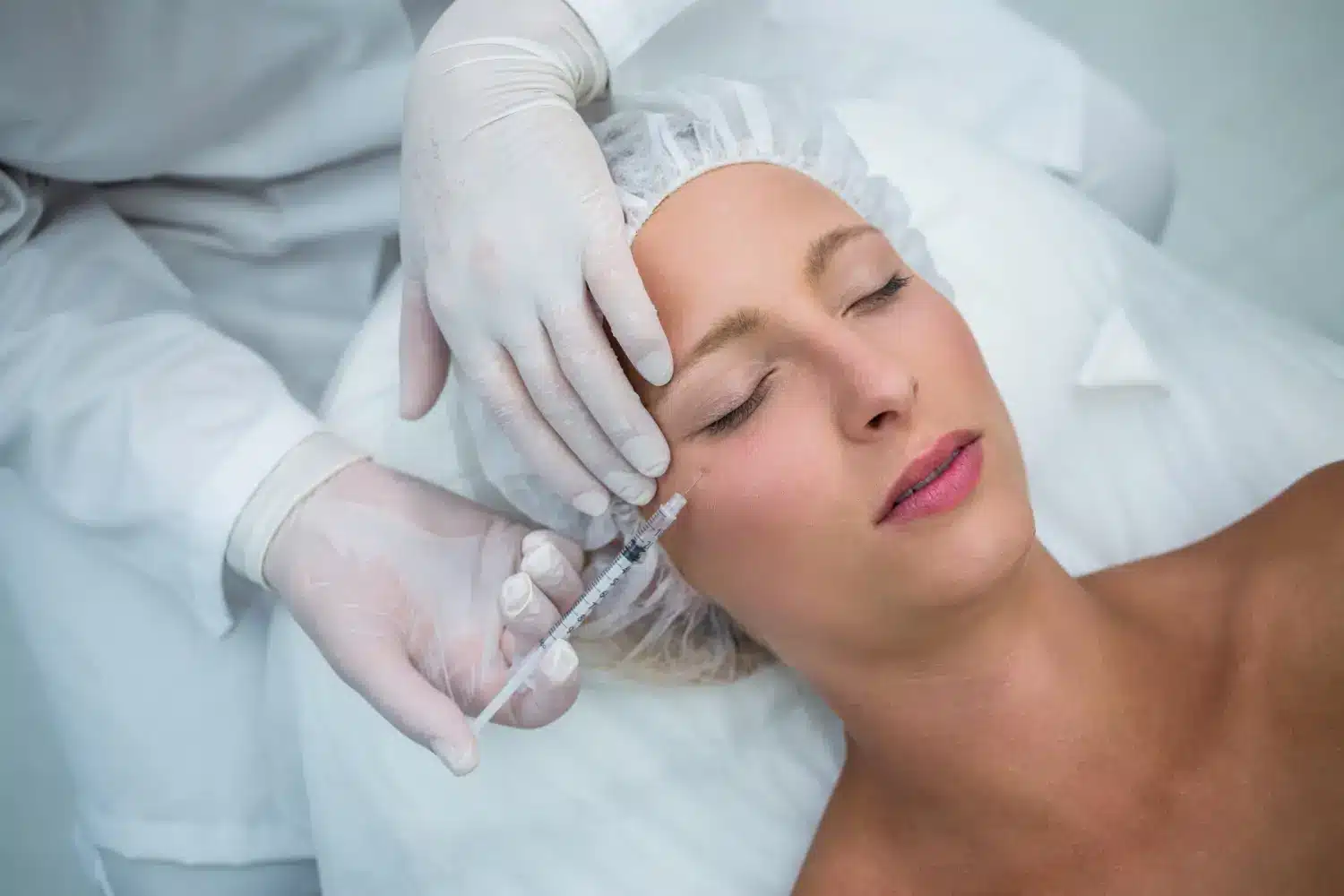
- Hyaluronic Acid (HA) Fillers: Hyaluronic acid fillers, such as Restylane and Juvederm, are among the most popular options for treating tear troughs. These fillers are hydrating, reversible with hyaluronidase, and provide a natural, smooth result.
- Poly-L-Lactic Acid (PLLA) Fillers: Sculptra, a PLLA filler, stimulates collagen production over time. While it is not commonly used directly in the tear troughs, it can be applied to surrounding areas to improve skin thickness and elasticity.
- Calcium Hydroxylapatite (CaHA) Fillers: Radiesse offers long-lasting volume but is typically not recommended for the tear trough due to its thicker consistency. However, in the hands of an experienced practitioner, it can target adjacent areas to enhance skin support.
Injection Techniques to Prevent Tyndall Effect and Filler Migration
The Tyndall effect occurs when filler is injected too superficially, causing a bluish discoloration under the skin. Filler migration can also happen if the product moves from its intended injection site. To avoid these issues, practitioners use the following techniques:
- Deep Plane Injection: Placing filler just above the bone ensures natural-looking volume while minimizing light scattering.
- Cannula Use: A blunt-tip cannula reduces trauma, bruising, and the risk of vascular complications, making it especially ideal for delicate areas like the tear troughs.
- Minimal Product Use: Since the under-eye area has delicate skin, using smaller amounts of filler helps prevent puffiness and reduces the risk of migration.
- Layering Approach: Gradually adding filler in small amounts ensures smoother transitions and optimal results.
An experienced injector tailors these techniques to each patient’s unique facial anatomy, ensuring a refreshed and natural appearance while minimizing complications like the Tyndall effect or migration.
How to Combine Fillers with PRP, Microneedling, or Laser Therapy
Combining dermal fillers with PRP, microneedling, or laser therapy offers a powerful way to enhance overall skin rejuvenation by targeting multiple concerns simultaneously. Fillers restore lost volume and smooth wrinkles, while PRP (Platelet-Rich Plasma) stimulates collagen production, accelerates healing, and can even extend the effects of fillers while improving skin texture.
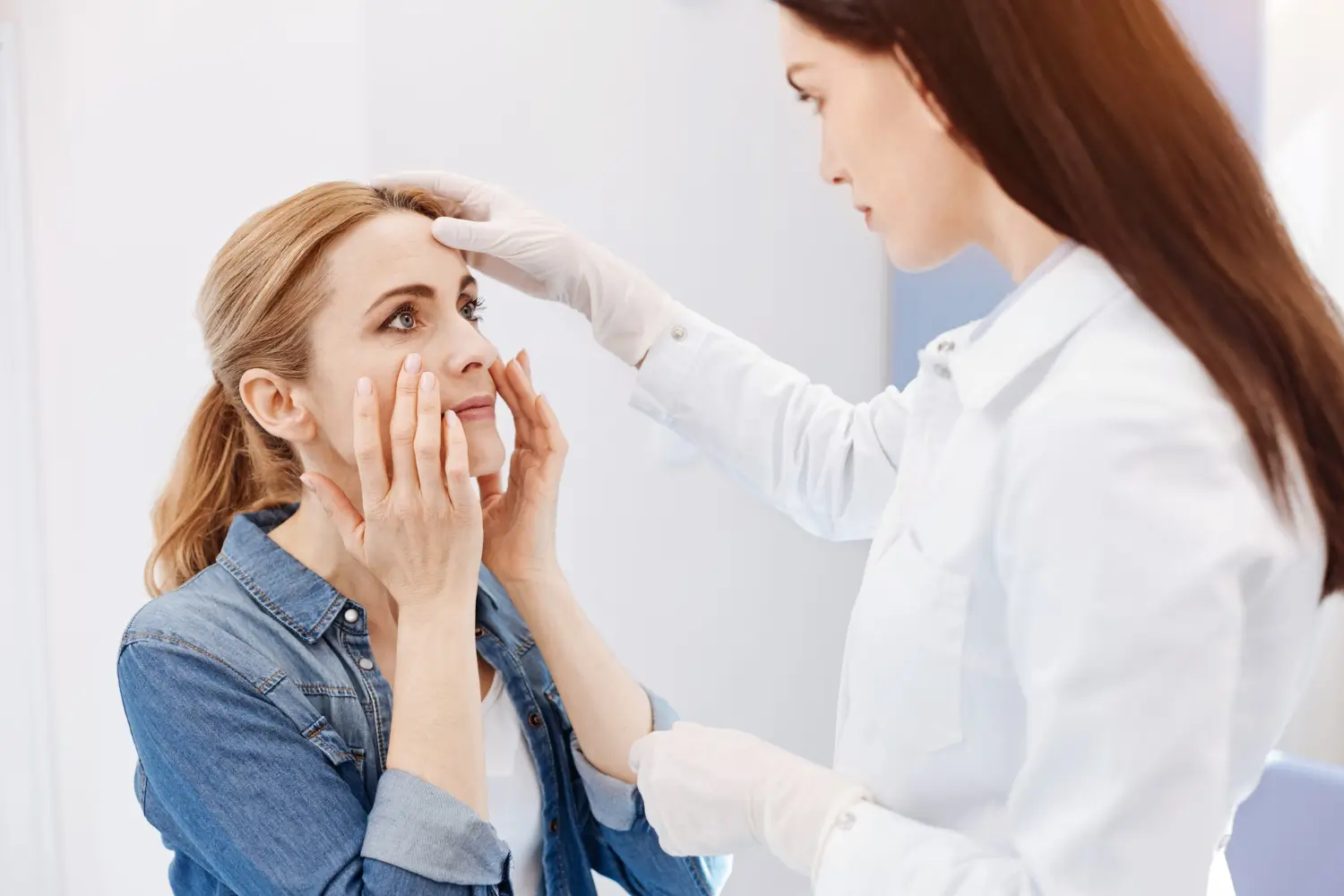
Microneedling creates micro-injuries to boost collagen production, and when combined with fillers, it enhances skin elasticity, hydration, and overall tone. Additionally, laser therapy refines skin texture, improves pigmentation, and can complement the volumizing effects of fillers. By addressing both volume loss and skin quality, laser therapy enhances filler outcomes and contributes to a smoother, more youthful appearance.
These treatments can be performed either during the same session or in a staggered manner, depending on individual needs and treatment plans. Timing between treatments is crucial to avoid complications and ensure the most effective results. Consulting with a qualified practitioner is key to developing a personalized approach that maximizes the benefits while maintaining safety.
Conclusion
Dermal fillers provide an effective solution for under-eye hollowing by adding volume and reducing shadows. Selecting the right filler and technique is essential for achieving natural, flattering results.
Combining fillers with PRP, microneedling, or laser therapy can further enhance skin quality and overall rejuvenation. A skilled injector can tailor the treatment to each patient’s unique needs, ensuring both safety and optimal results.
FAQs
1. How long do under-eye fillers last?
Under-eye fillers typically last between 6 to 18 months, depending on the type of filler used and individual metabolism.
2. Is the procedure painful?
The procedure is usually comfortable because most fillers contain lidocaine, and a topical numbing cream can be applied before treatment if needed.
3. Can filler be removed if I don’t like the results?
Yes, hyaluronic acid fillers can be dissolved using hyaluronidase, making adjustments possible if needed.
4. How soon can I return to normal activities?
Most patients can resume daily activities immediately. However, it’s recommended to avoid strenuous exercise and alcohol for 24 hours to reduce swelling and bruising.
References
Aghaei S. An approach to dark circles under the eyes. J Surg Dermatol 2016; 1(2): 55–56; http://dx.doi.org/10.18282/jsd.v1.i2.67.
Frothingham S. How to get rid of dark circles permanently. Healthline. https://www.healthline.com/health/how-to-get-rid-of-dark-circles-permanently

